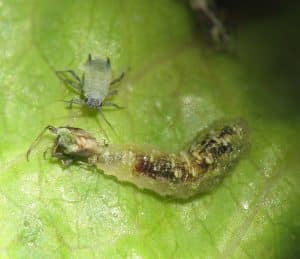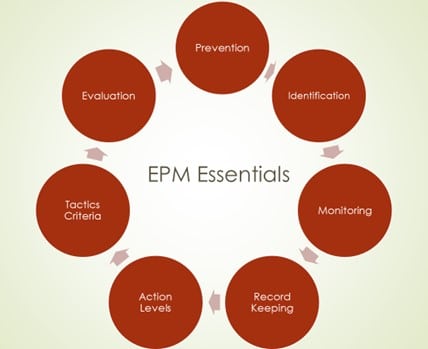How to Create an Effective Pest Control Program
Introduction
Controlling pests is one of the most important things you can do to keep the atmosphere in your home, workplace, or any other area in which you spend time healthy and risk-free. Infestations can be avoided and the health of those living in the building can be safeguarded by putting in place an all-encompassing pest control program. In this piece, we will walk you through the steps of developing an efficient plan for preventing and controlling insect infestations. How do I create a pest control program?
Assessment and Inspection
Step 1: Identify Potential Pest Problems
The identification of the possible pest problems that may arise is the first step in the process of developing a program for pest control. Carry out a careful inspection of your property to establish the kinds of unwanted critters that are most likely to be there. This could include general pests such as rats, ants, termites, and cockroaches, or it could refer to particular pests that are common in your region.

Step 2: Inspect the Property
After you have determined the species of probable pests, you should then carry out a comprehensive assessment of your property. Examine the area for telltale evidence of pest activity, such as droppings, gnaw marks, nests, or structural damage. Pay particular attention to places where pests are likely to congregate, such as facilities for the storage of food, locations for the disposal of rubbish, and water supplies. https://diversewebsitedesign.com.au/pest-control-website-design/
Developing a Pest Control Strategy
Step 3: Set Objectives
Establishing your goals in detail prior to beginning a program to control pests is essential. Determine what it is you hope to accomplish with your program, whether it be the total elimination of pests or the continued maintenance of a low level of pest activity. The success of your efforts can be measured more accurately if you set precise targets in advance.
Step 4: Determine Control Methods
Determine the most effective means of pest management based on the kinds of unwanted critters you’ve found and the goals you hope to achieve. Insect and rodent control can be accomplished through a variety of means, including chemical, biological, and mechanical procedures. Take into account the potential dangers that are connected to each strategy, and then choose the approaches that are efficient, kind to the environment, and risk-free for the occupants. https://www.dynamicwebdesign.com.au/contact-us/
Step 5: Establish a Monitoring System
Set up a monitoring system to keep tabs on the activities of the pests you’re trying to get rid of and assess how well your program is working. In order to detect pests, it is important to conduct routine inspections of crucial locations and to utilise traps, baits, and other monitoring equipment. Keep an eye on how the pest population is changing and make any necessary adjustments to your pest management methods.

Implementation and Maintenance
Step 6: Develop an Action Plan
Create a clear action plan that specifies the precise tasks that need to be followed based on the pest management strategy that you have developed. It is necessary to delegate tasks to the various persons and teams that will be implementing the program. Include deadlines, tasks, and the necessary resources for each activity in your document.
Step 7: Implement Pest Control Measures
Put your plan of action into motion and get started putting into action the pest control tactics you’ve chosen. This may involve constructing traps, making use of pesticides or insecticides, blocking off points of entrance, or implementing hygiene practises. Make sure that all of the control measures are implemented appropriately and securely by carefully following the instructions that the manufacturers have provided.
Step 8: Educate and Train
Employees or occupants should be informed of the significance of pest control and their involvement in preventing infestations through education and training. Encourage a collaborative effort among all parties involved in order to keep the environment free of pests, and provide standards on how waste should be managed, how clean the area should be, and how to report insect sightings.
Step 9: Regularly Evaluate and Adjust
You should perform regular assessments of how well your program is working to control pests and make any necessary improvements. Monitor the activities of the pests, evaluate the effectiveness of the measures used to manage them, and ask the inhabitants or employees for their opinion. Maintain your familiarity with emerging methods of pest control and be prepared to integrate those methods into your approach, should the situation call for it.
Establishing a program for the control of pests is an efficient and preventative measure that can be taken to avoid pest infestations and preserve a healthy environment. You can create an effective and long-term pest management program that is personalised to meet your particular requirements if you only follow the methods that have been given above.
Conclusion
It is important to keep in mind that the process of controlling pests is a continual one that calls for ongoing monitoring, evaluation, and adaptation. To ensure the continued effectiveness of your programme over the long term, it is essential to do routine maintenance and inspections. In addition, if the infestation is very complicated or if you need some direction from an expert, you might think about hiring a pest control company that specialises in that kind of work.
You can secure your property, defend the health and well-being of residents, and create an atmosphere free of pests if you adopt a complete pest control program. Take the required precautions right now to stop pests from becoming a problem in your location in the future.





